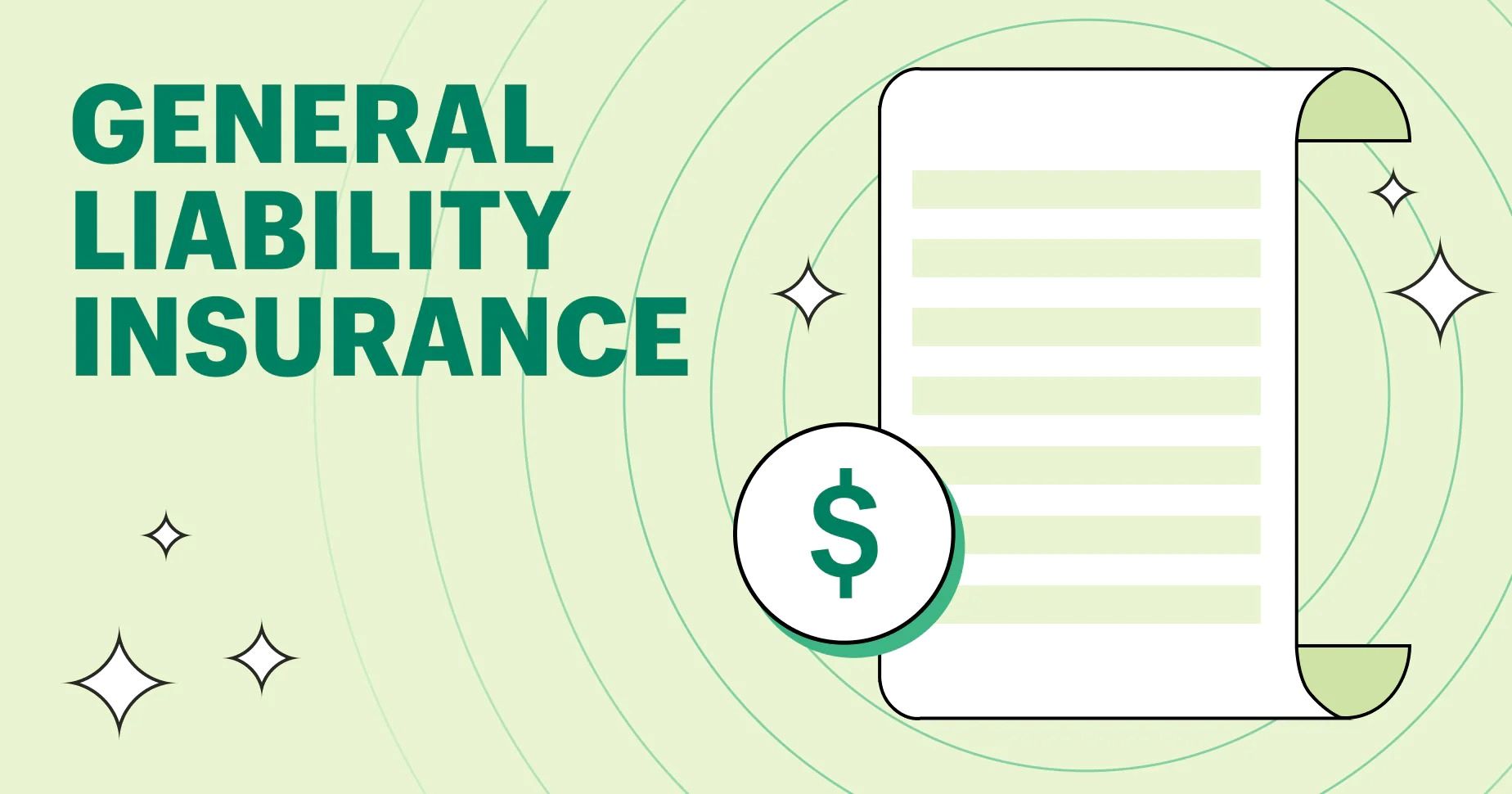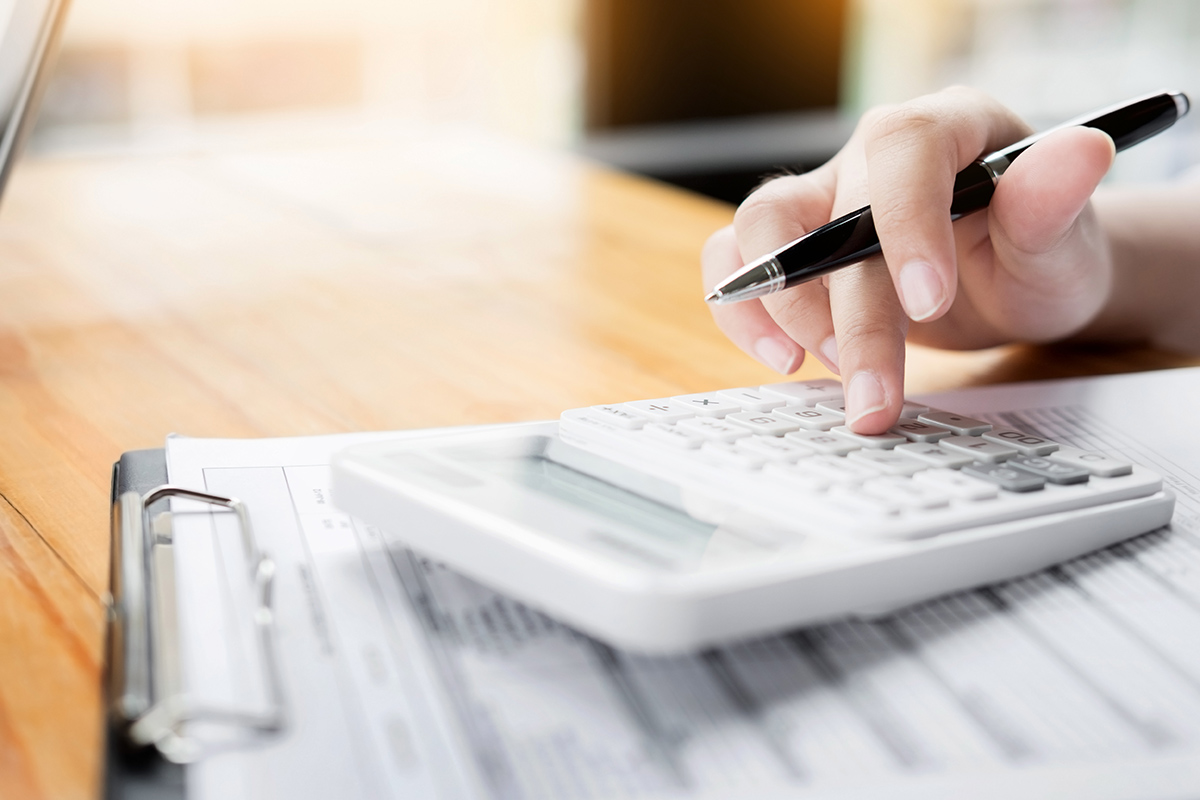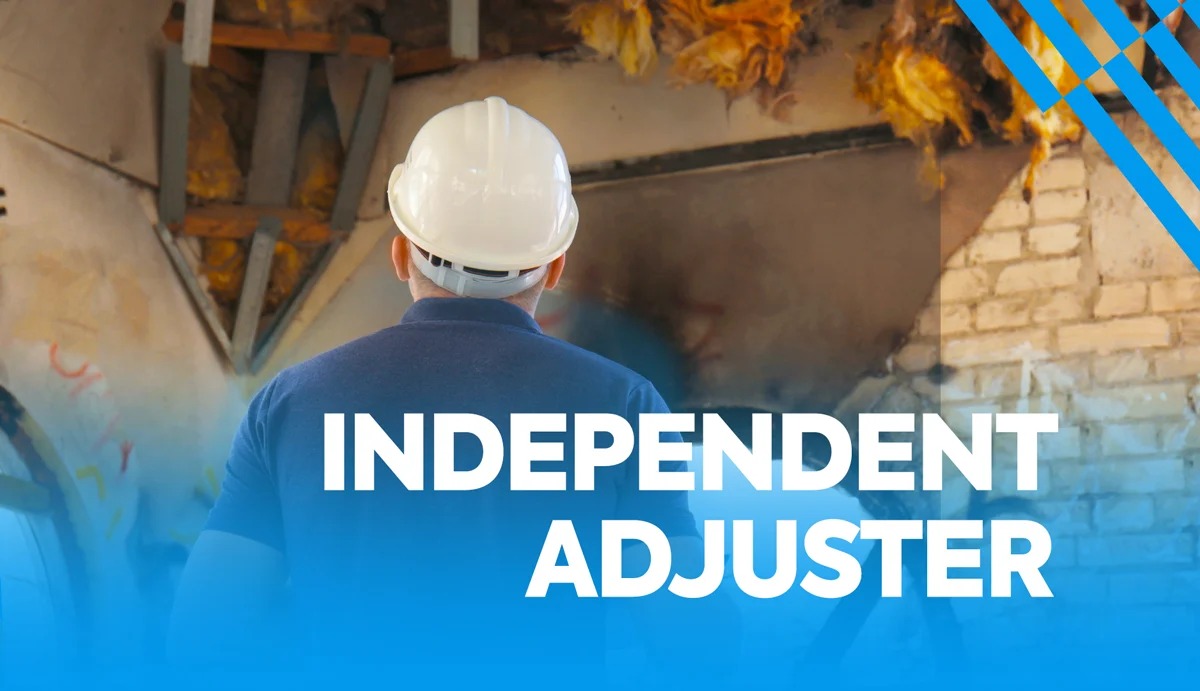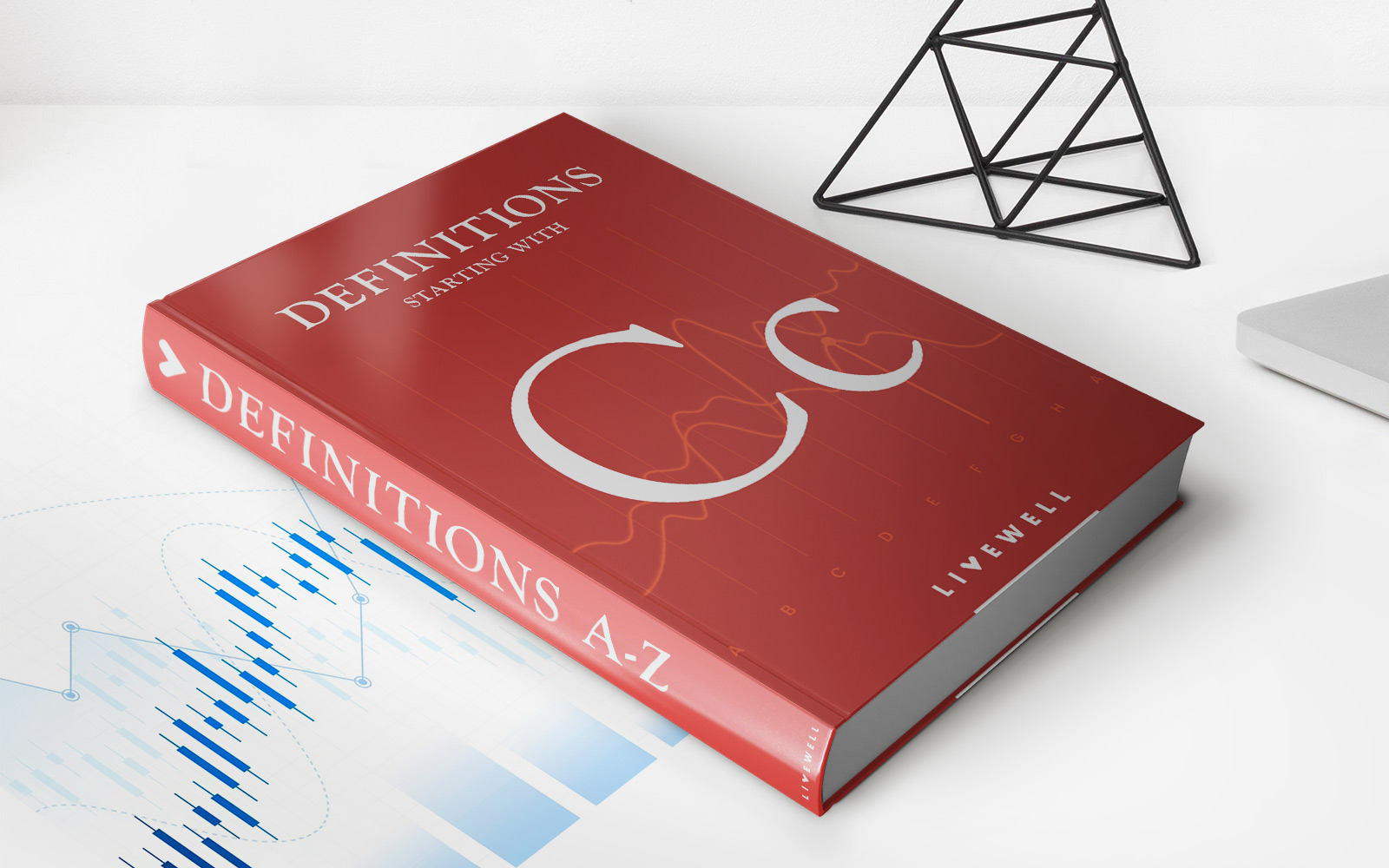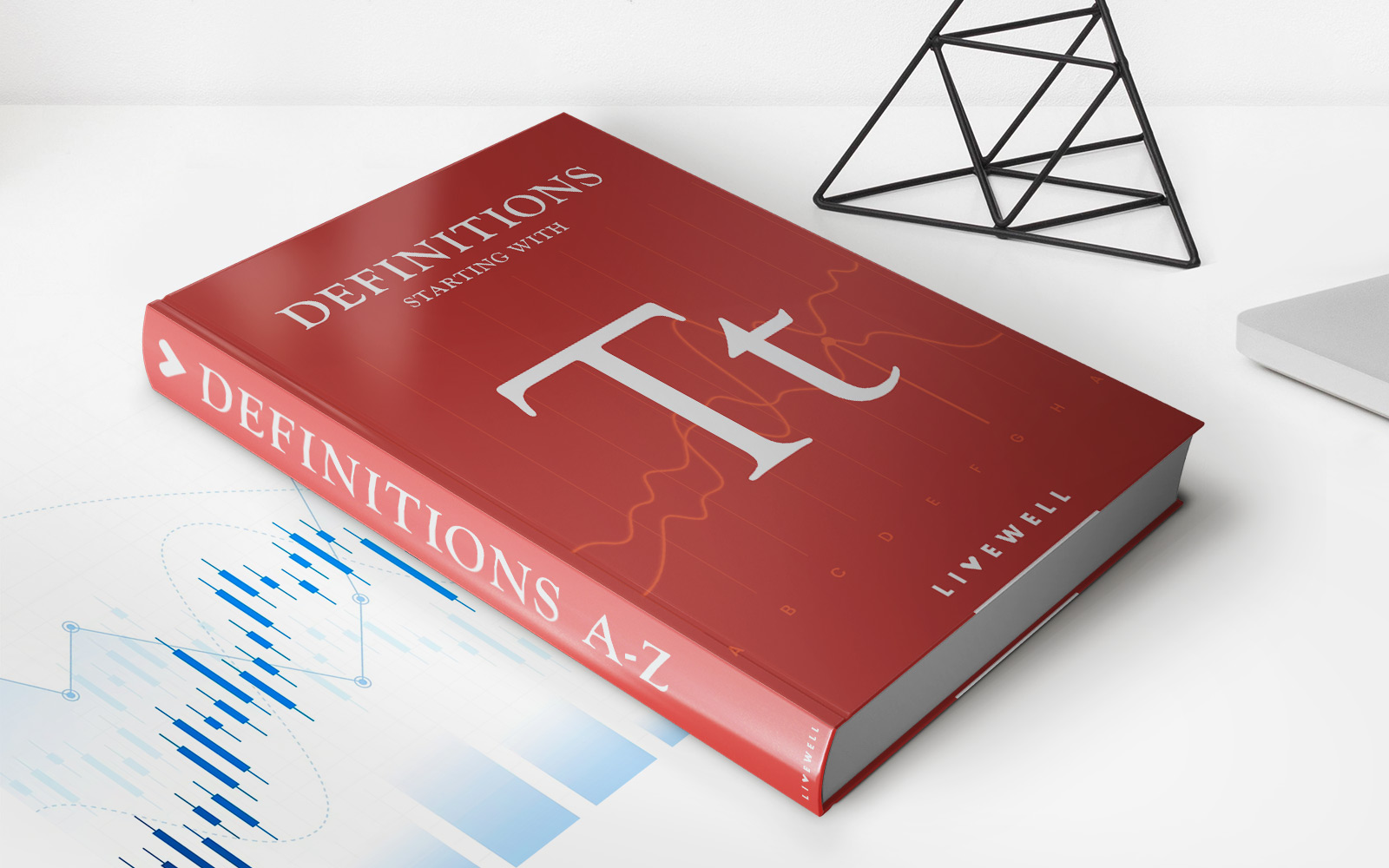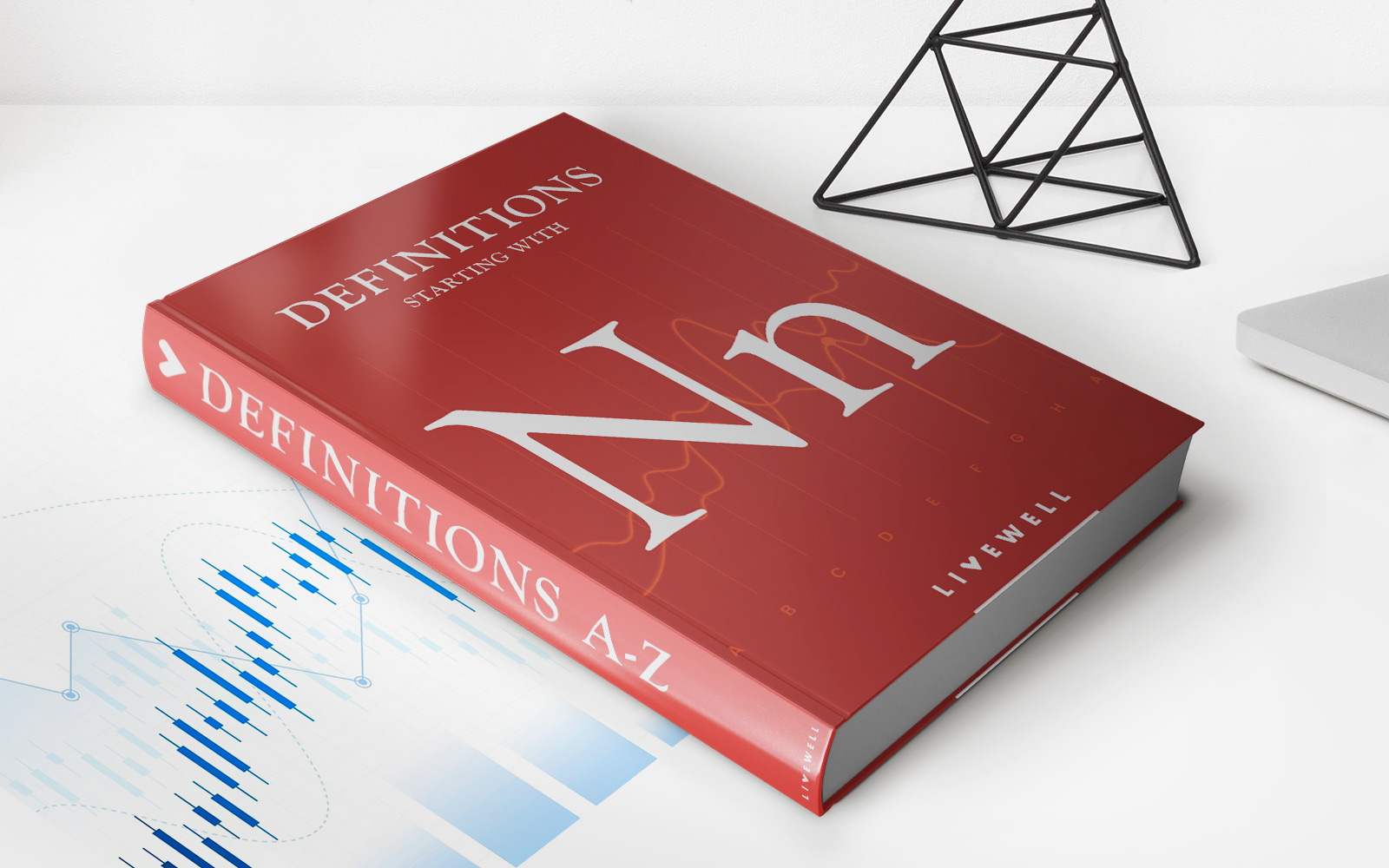

Finance
Can Insurance Adjusters Tell How Old Damage Is
Modified: December 30, 2023
"Find out if insurance adjusters can accurately determine the age of damage with our expert analysis. Learn more about the finance side of insurance claims."
(Many of the links in this article redirect to a specific reviewed product. Your purchase of these products through affiliate links helps to generate commission for LiveWell, at no extra cost. Learn more)
Table of Contents
Introduction
When it comes to filing an insurance claim for damage to your property, insurance adjusters play a crucial role in assessing the extent of the damage and determining the amount of compensation you are entitled to receive. One important aspect that insurance adjusters consider is how old the damage is. Understanding the age of the damage is essential for insurance companies to accurately evaluate and settle claims.
Insurance adjusters use various methods and techniques to determine the age of the damage. They rely on a combination of visual inspections, review of documents and records, expert opinions and reports, as well as utilizing advanced technology and data analysis. Each of these factors contributes to a comprehensive assessment of the age of the damage claim.
While determining the exact age of damage can be a complex process, insurance adjusters are trained professionals who possess the expertise to evaluate and decipher the signs and clues that help in estimating the age of the damage. Recognizing the age of the damage is crucial in determining whether it is a recent incident covered by the insurance policy or a pre-existing condition.
In this article, we will explore the various factors that insurance adjusters consider when determining the age of damage. We will delve into the methods they use and provide examples of how these techniques are employed in real-life scenarios. Additionally, we will highlight the challenges that insurance adjusters may encounter while determining the age of damage and the importance of accurate assessments in settling insurance claims.
Factors Considered by Insurance Adjusters
Insurance adjusters take into account several factors when determining the age of damage during the claims process. These factors help them piece together the timeline of events and make informed decisions regarding the coverage and compensation for the damage. Here are some key factors that insurance adjusters consider:
- Incident Date: The adjuster will look at the date when the incident causing the damage occurred. This can be obtained from the insured’s account of the event or from police reports or other official documentation.
- Reporting Date: The adjuster will consider when the insured reported the damage to the insurance company. A prompt report is generally preferable as it indicates a recent occurrence.
- Witness Statements: Statements from witnesses who observed the occurrence can provide valuable insight into the timing of the damage.
- Photographic Evidence: Photos or videos of the damaged property can help assess the age of the damage. For example, if there are visible weathering or wear and tear signs, it might indicate that the damage is not recent.
- Insurance Policy Effective Date: The adjuster will review the insurance policy to determine if the coverage was in place at the time of the damage. If the damage occurred before the policy’s effective date, it may not be covered.
- Pre-Existing Damage: Insurance adjusters carefully inspect for pre-existing damage that may have existed prior to the reported incident. They compare the condition of the property before and after the event to discern if the damage is new or previously unrepaired.
- Third-Party Interactions: If there was involvement with a third party, such as a contractor or repair service, the adjuster may gather information from them to determine when the repairs were made, indicating the age of the damage.
All of these factors are taken into consideration to assess the age of the damage accurately. Insurance adjusters must evaluate the information meticulously to make a fair determination regarding coverage and compensation for the policyholder.
Visual Inspections
Visual inspections play a crucial role in helping insurance adjusters determine the age of the damage. By visually examining the affected property and its surroundings, adjusters can gather valuable information about the timeline and potential causes of the damage.
During the visual inspection, adjusters carefully observe the condition of the damaged property, looking for signs that may indicate the age of the damage. They pay attention to various factors, including:
- Physical wear and tear: Adjusters examine the extent of the wear and tear on the damaged area. If there are indications of long-term deterioration, such as rust, fading, or decay, it suggests that the damage is not recent.
- Discoloration: Stains or discoloration can provide insights into the age of damage. For example, if there are water stains on a ceiling, the adjuster may analyze the severity of the discoloration to determine if it occurred recently or over an extended period.
- Signs of repairs: Adjusters look for any signs of previous repairs or renovations. The presence of patched areas, mismatched paint, or irregularities in the repaired portions can indicate that the damage is not recent.
- Natural elements: Adjusters consider the effects of natural elements on the damaged property. The presence of moss, mildew, or vegetation growth suggests that the damage has been present for some time.
- Structural integrity: Inspecting the structural integrity of the property can provide clues about the age of the damage. Cracks, shifts, or settling in the foundation or walls can indicate long-term issues.
Insurance adjusters are trained to assess the property meticulously, inspecting both the damaged areas and the surrounding elements. They take detailed notes and photographs during the visual inspection, documenting any observations that can help determine the age of the damage.
It is important to note that visual inspections are not always sufficient to establish the exact age of the damage. Therefore, adjusters combine the findings from visual inspections with other methods, such as reviewing documents and records, to create a comprehensive assessment of the timeline and causes of the damage.
Review of Documents and Records
In addition to conducting visual inspections, insurance adjusters rely on reviewing a variety of documents and records to help determine the age of the damage. These documents provide valuable information about the history of the property, previous repairs, and any past claims made.
Here are some of the key documents and records that insurance adjusters may review:
- Insurance Policies: Adjusters carefully examine the insurance policies of the policyholder to determine the coverage and effective dates. It helps establish if the damage occurred during the policy’s active period.
- Property Inspection Reports: If the property underwent inspections in the past, adjusters review the reports to identify any pre-existing conditions or repairs that were previously recorded.
- Building Permits and Construction Records: Adjusters may seek building permits and construction records from the local authorities to verify any renovations or repairs that have been carried out on the property previously.
- Homeowner Maintenance Records: Reviewing maintenance records can provide insights into the upkeep and maintenance history of the property. This information is helpful in determining if the damage could have been prevented or addressed earlier.
- Repair Invoices: If there were repairs done on the property before, adjusters may request and review repair invoices to determine the materials used, dates of repair, and the extent of the repair work.
- Previous Claims Records: Adjusters also review the policyholder’s previous claims records to identify any patterns or similarities with the current damage claim. This helps in assessing the consistency and credibility of the reported incident.
By carefully examining these documents and records, insurance adjusters can gain valuable insights into the history of the property and any previous damage or repairs that may have occurred. This information helps establish the age of the damage and determine if it is a new incident or a pre-existing condition.
It is important for policyholders to keep records and documents related to their property, repairs, and insurance policies readily available. This facilitates the claims process and provides the necessary information for adjusters to accurately assess the age of the damage.
Expert Opinions and Reports
In certain cases, insurance adjusters may seek expert opinions and reports to assist in determining the age of the damage. These experts are professionals who specialize in various fields related to property damage, such as engineers, contractors, or forensic specialists.
Insurance adjusters rely on these experts to provide detailed assessments and analyses based on their expertise. Here’s how expert opinions and reports come into play:
- Structural Engineers: If there is significant structural damage, adjusters may consult structural engineers who can assess the integrity of the building. These experts can provide insights into the age of the damage based on the extent of deterioration or wear and tear observed.
- Forensic Specialists: In cases where the cause of the damage is uncertain or requires further investigation, adjusters may consult forensic specialists. These specialists use scientific methods to analyze the damage and provide insights into its age and potential causes.
- Contractors and Repair Experts: Adjusters may engage contractors or repair experts to evaluate the damage and provide their professional opinion. These experts consider various factors such as the condition of materials, the quality of repairs, and the age of previous work to determine the timeline of the damage.
- Independent Assessors: In some cases, insurance adjusters may bring in independent assessors who can provide an unbiased assessment of the damage. These professionals can offer an additional opinion on the age of the damage based on their expertise and experience.
Expert opinions and reports provide valuable insights and specialized knowledge that can assist insurance adjusters in making informed decisions about the age of the damage. By leveraging the expertise of these professionals, adjusters can gather additional data and expert analysis to support their assessment.
It is essential to note that expert opinions and reports are not the sole determinants of the age of the damage. Their findings are considered alongside other evidence, such as visual inspections and documentation review, to create a comprehensive assessment.
The collaboration between insurance adjusters and experts helps ensure a thorough and accurate evaluation of the age of the damage, enabling fair settlements for policyholders.
Utilizing Technology and Data Analysis
In today’s digital age, insurance adjusters have access to advanced technology and data analysis tools that can aid in determining the age of damage. These technological resources provide a more objective and data-driven approach to assessing the timeline and causes of the damage.
Here are some ways in which technology and data analysis are utilized by insurance adjusters:
- Geographic Information System (GIS): GIS software allows adjusters to analyze geographic data and overlay it with information about the property and surrounding areas. This can provide insights into the history of natural events, such as floods or storms, which could contribute to the damage.
- Satellite Imagery: Satellite imagery can capture the condition of the property at different time periods. By analyzing historical satellite images, adjusters can compare the before-and-after state of the property, helping to establish the age of the damage.
- Data Analytics: Adjusters may employ data analytics techniques to identify patterns and trends in claims data. This can help identify similar damage incidents and assess their timelines, contributing to a better understanding of the age of the damage.
- Digital Property Documentation: Adjusters may leverage digital documentation platforms to store and access property records, including photographs, inspection reports, and maintenance logs. This allows for easy retrieval and comparison of historical data to determine the age of the damage.
- CAD and 3D Modeling: Computer-aided design (CAD) and 3D modeling technologies enable adjusters to create visual representations of the property. These models can aid in identifying any pre-existing damage or changes to the property over time.
By utilizing these technological resources, insurance adjusters can enhance their ability to assess the age of damage objectively. The use of data analysis helps identify patterns, while satellite imagery and GIS provide historical context. Digital documentation and modeling tools streamline the process of accessing and comparing relevant information.
However, it’s important to note that technology and data analysis serve as tools to complement other methods of determining the age of damage. Adjusters still rely on their expertise and judgment to interpret and validate the results obtained through these technological resources.
Overall, the integration of technology and data analysis in the assessment process contributes to a more comprehensive and accurate evaluation of the age of the damage.
Examples of Determining Age of Damage
Let’s look at a few examples to understand how insurance adjusters determine the age of damage in different scenarios:
- Water Damage: In the case of water damage, adjusters may consider the presence of mold or mildew as an indication of long-term exposure to moisture. They may also examine the state of the materials affected by water, such as walls or flooring, to determine if the damage is recent or has been ongoing.
- Hail Damage: Adjusters investigating hail damage may assess the condition of the rooftop by inspecting the pattern and depth of the dents caused by hailstones. They may also review weather records and reports to determine the date of the hailstorm and compare it with property damage observations.
- Fire Damage: After a fire incident, adjusters analyze the extent of the fire’s impact by examining the severity of the burn marks, charred materials, and smoke residue. They may also consult fire investigators to identify the cause and timeline of the fire, which helps determine the age of the resulting damage.
- Vehicle Collision: In the case of a car accident, adjusters may rely on accident reports, witness statements, and vehicle repair invoices. They can then assess the damage to the vehicles involved and compare it with the evidence collected to determine the timing of the collision.
- Natural Disasters: In situations where damage is caused by natural disasters like earthquakes or hurricanes, adjusters consider data from seismic monitors, satellite imagery, or storm tracking reports. They analyze the information to determine the timing and intensity of the event, helping establish the age of the resulting damage.
These examples highlight how insurance adjusters utilize a combination of visual inspections, expert opinions, records review, and technology to determine the age of damage in different situations. By carefully examining the specific characteristics of each incident, adjusters are able to piece together the timeline and accurately assess the age of the damage.
It is important to note that every claim is unique, and the methods used to determine the age of damage may vary depending on the nature of the incident. Adjusters employ their knowledge, experience, and the available resources to make fair assessments for policyholders.
Challenges in Determining Age of Damage
While insurance adjusters strive to accurately determine the age of damage, several challenges can arise during the assessment process. These challenges can make it difficult to establish an exact timeline and may require additional investigation or expert opinion. Let’s explore some common challenges faced by insurance adjusters:
- Lack of Documentation: Limited or incomplete documentation can make it challenging to determine the age of damage. Missing repair invoices, maintenance records, or previous claims data can leave gaps in the historical timeline, requiring adjusters to rely on alternative methods and expert opinions.
- Delayed Reporting: If the policyholder delays reporting the damage, it becomes challenging to establish the timing accurately. Late reporting may result in limited evidence or difficulty in differentiating between pre-existing and recent damage.
- Pre-Existing Conditions: Existing damage or wear and tear can complicate the assessment process. It requires adjusters to carefully differentiate between new damage and previous issues that may not be covered under the insurance policy.
- Multiple Events: In situations where multiple incidents or events have caused damage over time, determining the age of each specific damage can be complex. Adjusters must carefully analyze the individual impacts and identify any overlapping or compounded effects.
- Natural Aging: Some types of damage, such as wear and tear or gradual deterioration, can be challenging to date precisely. Separating the age-related depreciation from recent damage can be subjective and may require thorough expertise in evaluating the specific property and materials involved.
- Limited Access: In certain cases, adjusters may face challenges accessing certain areas of the property, especially if they are concealed or inaccessible. This limitation can undermine their ability to fully assess the damage and accurately determine its age.
Overcoming these challenges often necessitates a holistic approach that combines various methods, including visual inspections, documentation review, expert opinions, and technological tools. Adjusters rely on their experience, knowledge, and problem-solving skills to address these challenges and provide fair and accurate assessments of the age of the damage.
It’s essential to maintain open communication with the insurance adjuster, provide any available documentation, and report damages promptly to help mitigate these challenges and facilitate the claims process.
Conclusion
Determining the age of damage is a crucial aspect of the insurance claims process. Insurance adjusters employ various methods, including visual inspections, review of documents and records, expert opinions, and data analysis, to accurately assess the timeline and causes of the damage.
Visual inspections allow adjusters to observe physical signs, wear and tear, and repairs, providing important clues regarding the age of the damage. Reviewing documents and records, such as insurance policies, maintenance logs, and repair invoices, helps establish the historical context of the property and any pre-existing conditions.
Expert opinions and reports from professionals in relevant fields offer specialized insights and analysis about the damage. This expert input is valuable in validating assessments and providing an objective perspective.
Utilizing technology and data analysis tools, such as GIS, satellite imagery, and data analytics, enhances the efficiency and accuracy of determining the age of damage. These resources can provide additional evidence and support the adjuster’s findings.
However, challenges such as limited documentation, delayed reporting, pre-existing conditions, and natural aging can complicate the assessment process. Addressing these challenges requires careful analysis, expert opinions, and diligent investigation.
In conclusion, insurance adjusters play a vital role in determining the age of damage during the claims process. By employing a combination of methods and overcoming challenges, they strive to provide policyholders with fair and accurate assessments. It is important for policyholders to cooperate with adjusters, provide necessary documentation, and promptly report damages to ensure a smooth and reliable evaluation of the age of the damage.
